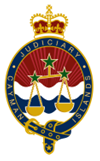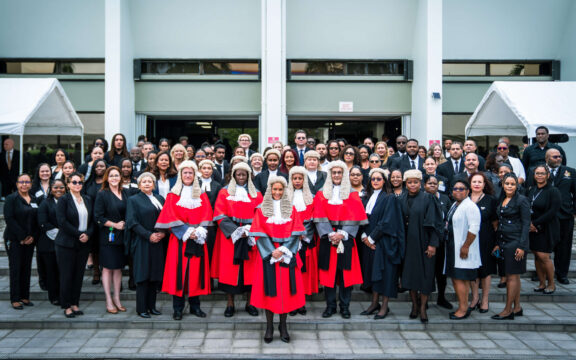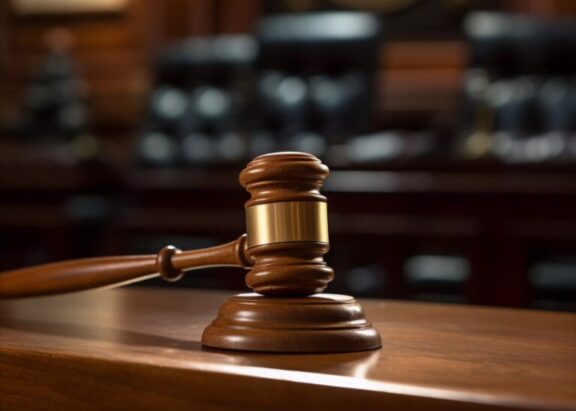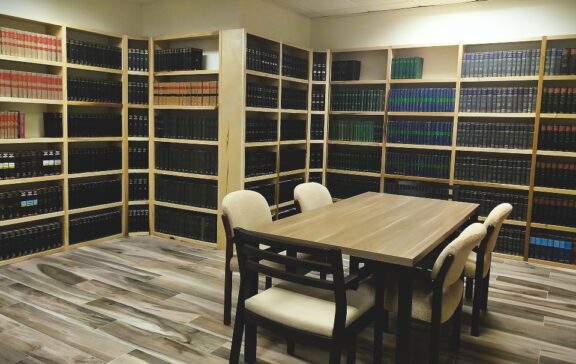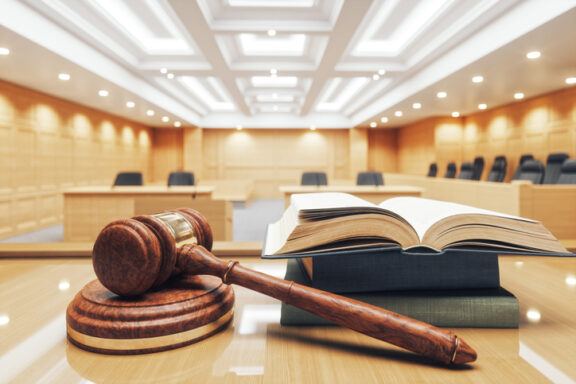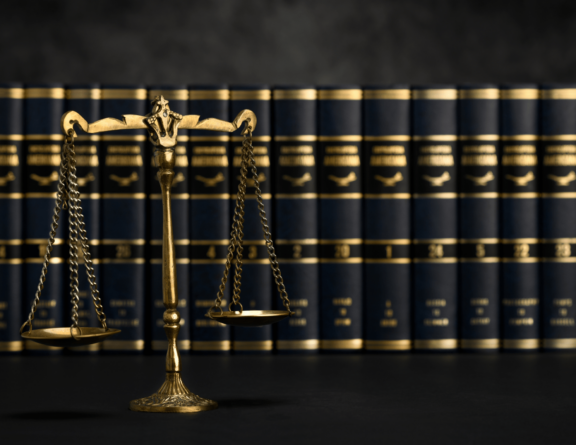
Structure of the Courts
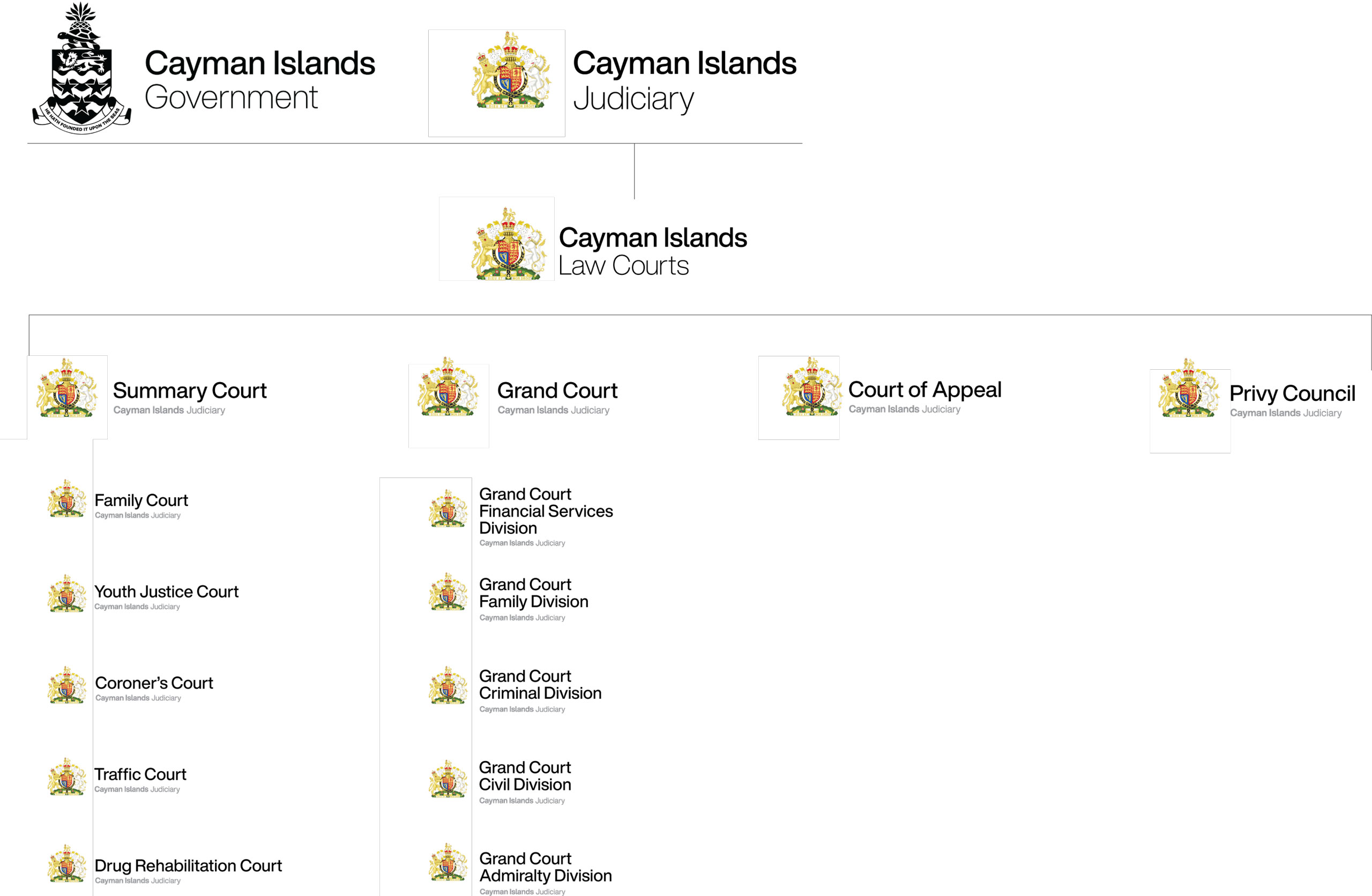
The courts of the Cayman Islands administer justice in keeping with the Constitution, the Laws of the Islands and the well established principles of common law which have been developed by the local, the British and other courts of the Commonwealth of Nations.
Criminal proceedings for breaches of the Laws of the country are taken before the courts to be heard by a magistrate (in the case of proceedings before the Summary Court), or a judge, or judge and jury (at the election of the defendant) in the case of proceedings in the Grand Court. Generally, the more serious offences are tried on indictment in the Grand Court, although the Summary Court has jurisdiction to try serious drug charges and to impose very severe penalties in respect of such offences. Civil disputes having a subject matter of up to CI$20,000.00 are also taken in the Summary Court.
The Grand Court, as a court of unlimited jurisdiction, tries all other types of civil disputes, including the most complex commercial and trust disputes which often arise in respect of Cayman Islands corporate or trust entities.
The structure of the court system is hierarchical with appeals lying to the Court above at each stage. The Summary Court is the first in the hierarchy, followed by the Grand Court, the Court of Appeal and finally, Her Majesty’s Judicial Committee of the Privy Council. There is a separate right of petition to the European Court of Human Rights for persons who reside in the Cayman Islands having regard to the extension of the European Convention on Human Rights to the Cayman Islands.
The procedure of the courts is largely governed by court rules. Applicable fees and taxation of costs are set out in the court fees and court costs taxation directions, respectively. Major court events for each year are recorded in the court calendar. The matters heard in court from day to day are set out in the cause lists.
